- Your cart is empty
- Continue Shopping
Stafcure SB 1.5gm / 2.25gm Injection
Stafcure SB Injection is a powerful combination antibiotic used for treating severe bacterial infections caused by susceptible organisms. It contains Cefoperazone, a broad-spectrum cephalosporin antibiotic, and Sulbactam, a beta-lactamase inhibitor that enhances the effectiveness of Cefoperazone against resistant bacteria. This injection is used for serious infections of the respiratory tract, urinary tract, skin and soft tissues, bones, joints, intra-abdominal infections, and sepsis. Cefoperazone works by disrupting the bacterial cell wall, leading to bacterial death, while Sulbactam inhibits bacterial enzymes that degrade the antibiotic. Stafcure SB Injection is especially useful in hospital settings for treating complicated and resistant infections. Administered under strict medical supervision, it provides rapid relief from fever, pain, inflammation, and other infection symptoms while preventing further spread of bacteria.
Benefits
-
Effective in treating severe respiratory infections like pneumonia and bronchitis
-
Useful in urinary tract infections and kidney infections
-
Treats skin and soft tissue infections
-
Effective for bone and joint infections
-
Treats intra-abdominal infections and peritonitis
-
Helps manage sepsis and severe bloodstream infections
-
Covers beta-lactamase producing resistant bacteria
-
Provides rapid relief from fever, pain, and swelling
-
Reduces bacterial load quickly
-
Prevents infection spread to other organs
-
Enhances recovery in complicated infections
-
Supports immune system in clearing resistant bacteria
-
Suitable for hospital and outpatient use
-
Broad-spectrum activity against gram-positive and gram-negative bacteria
-
Reliable when used under medical supervision
Possible Side Effects
-
Pain or irritation at injection site
-
Nausea or vomiting
-
Diarrhea or loose stools
-
Abdominal discomfort
-
Headache or dizziness
-
Mild fever occasionally
-
Skin rash or itching
-
Rare allergic reactions with swelling or difficulty breathing
-
Blood disorders in rare cases
-
Liver enzyme elevation in some patients
How to Use
-
Administered only under medical supervision
-
Given via intravenous or intramuscular injection as directed
-
Dosage depends on infection type, severity, and patient’s kidney function
-
Administer at prescribed intervals for optimal effectiveness
-
Complete the full course even if symptoms improve
-
Monitor patient for signs of allergic reaction or side effects
How it Works
-
Cefoperazone destroys bacterial cell walls, killing bacteria
-
Sulbactam inhibits beta-lactamase enzymes in resistant bacteria
-
Combination provides broad-spectrum coverage
-
Rapidly reduces bacterial growth and infection severity
-
Prevents recurrence and development of resistant strains
What to Avoid
-
Avoid use if allergic to cephalosporins or penicillin
-
Avoid self-administration; should only be given by trained personnel
-
Avoid alcohol during treatment as it may cause side effects
-
Avoid combining with other antibiotics without medical guidance
-
Avoid missing or delaying doses in prescribed schedule
-
Avoid using expired or improperly stored injections
-
Avoid ignoring signs of allergic reaction or severe side effects
-
Avoid dehydration, maintain proper hydration
-
Avoid unnecessary strenuous activity if weak during treatment
-
Avoid storing at high temperatures or direct sunlight
Safety Advice
-
Strictly use under hospital or clinical supervision
-
Inform doctor if patient has liver, kidney, or blood disorders
-
Pregnant or breastfeeding women should consult doctor before use
-
Monitor kidney and liver function during prolonged therapy
-
Report severe side effects immediately to healthcare provider
-
Do not stop treatment abruptly without professional guidance
-
Ensure proper injection technique to avoid local complications
-
Store in a cool, dry place away from light
-
Keep out of reach of children
Precautions
-
Not effective against viral infections
-
Use with caution in patients with kidney or liver impairment
-
Monitor for allergic reactions such as rash, swelling, or difficulty breathing
-
Avoid concurrent use of nephrotoxic or hepatotoxic drugs without supervision
-
Complete the full course to prevent bacterial resistance
-
Monitor blood parameters during long-term treatment
-
Avoid repeated or unnecessary use of antibiotics
-
Ensure proper reconstitution and administration technique
-
Regular follow-up for severe infections ensures safety and efficacy
-
Maintain hydration and supportive care during therapy




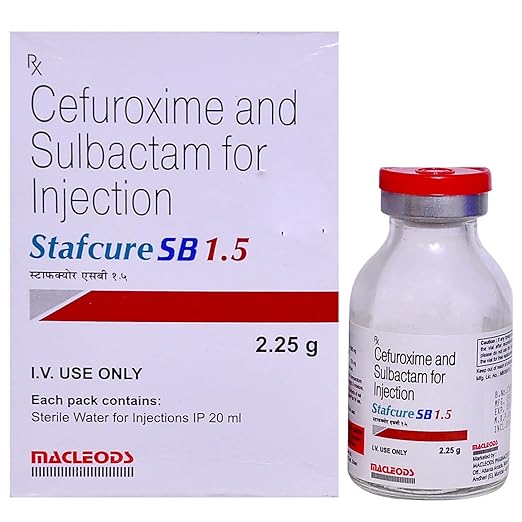
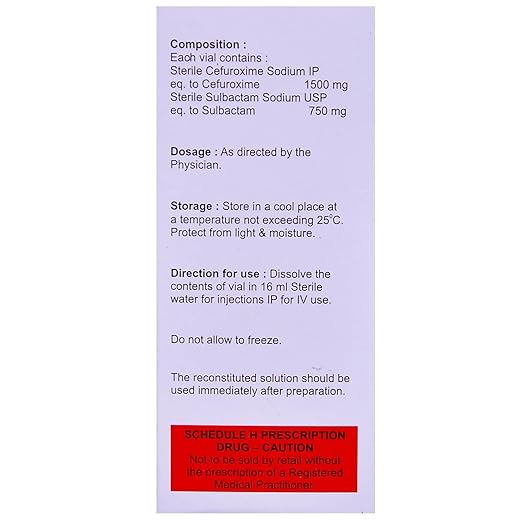
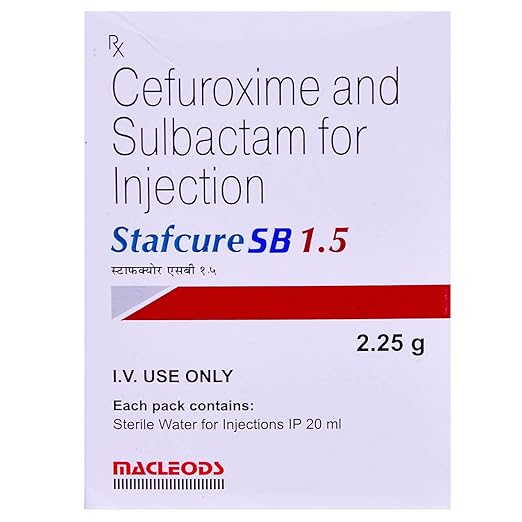
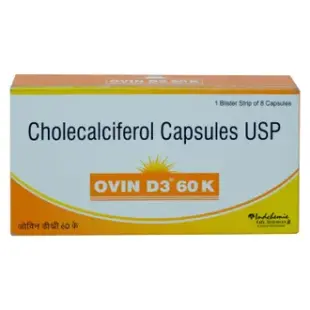

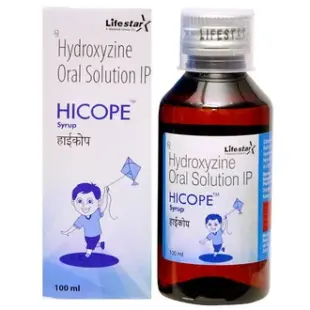
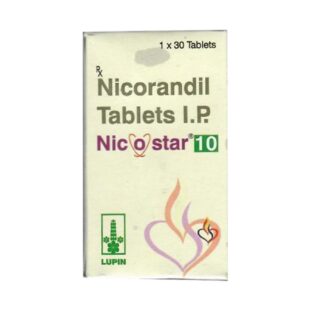
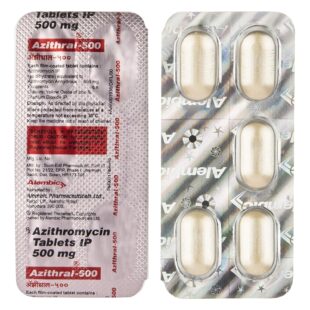

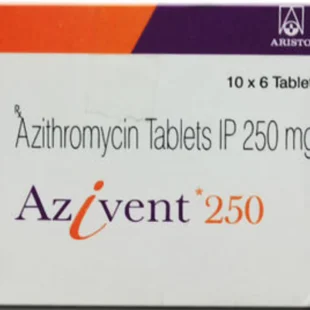

Reviews
There are no reviews yet.